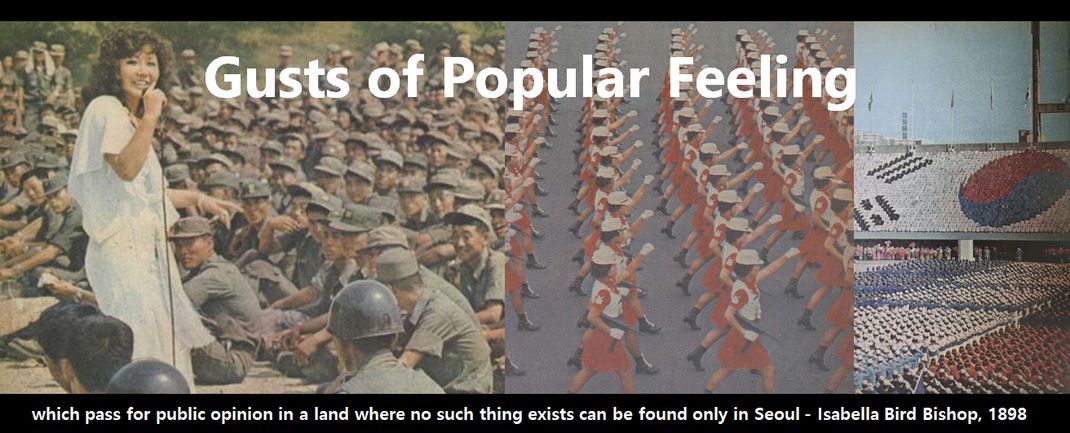
[Update at bottom]
An op-ed article by B.R. Myers about the South Korean reaction to the sinking of the Cheonan appeared in the New York Times last week:
South Korean nationalism is something quite different from the patriotism toward the state that Americans feel. Identification with the Korean race is strong, while that with the Republic of Korea is weak. (Kim Jong-il has a distinct advantage here: his subjects are more likely to equate their state with the race itself.) Thus few South Koreans feel personally affected by the torpedo attack.[...]A number of my friends believe the government isn't revealing everything, and that North Korea may not be to blame. As for the "posters of a child-poisoning Uncle Sam," all I could think of was something like this (from here):
[E]ven the conservative news media talk of the attack in terms of an “error” that the North should own up to, not a cold-blooded act. Students in my classes tend to refer to the sinking as an “accident.”
This urge to give the North Koreans the benefit of the doubt is in marked contrast to the public fury that erupted after the killings of two South Korean schoolgirls by an American military vehicle in 2002; it was widely claimed that the Yankees murdered them callously. During the street protests against American beef imports in the wake of a mad cow disease scare in 2008, posters of a child-poisoning Uncle Sam were all the rage. It is illuminating to compare those two anti-American frenzies with the small and geriatric protests against Pyongyang that have taken place in Seoul in recent weeks.
Does anyone know of any other posters that feature 'Uncle Sam,' or was Myers just using that term as a catchall metaphor for the U.S.?
[Update]
Here's one (edited and posted at the top of this post):
Here are some more. For an earlier post on such posters, see here, and see here for the background of the 2008 protests. Brian also suggested this picture).
















































